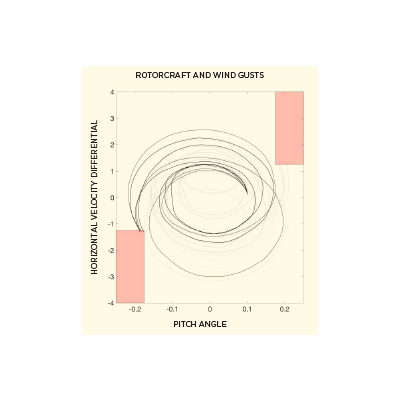World news puts focus on missile defense
By Jeff Scott|December 2017
The Missile Systems Technical Committee focuses on technologies associated with the design, development, operations and utilization of strategic and tactical missile systems.
International tensions brought missile systems to the forefront of current events in 2017. Particular attention was paid to missile defense technology as nations like North Korea and Iran demonstrated ballistic missiles of increasing sophistication.
Perhaps receiving the most notice was Lockheed Martin’s Terminal High Altitude Area Defense system developed for the U.S. Missile Defense Agency. The U.S. sent a THAAD battery to South Korea in March to deter ballistic missiles from North Korea. In July, the system was tested against an Orbital ATK target released in midair north of Hawaii to simulate the terminal trajectory of an intermediate-range missile. A THAAD interceptor launched from the Pacific Spaceport Complex in Alaska detected, tracked and destroyed the target in a first-of-its-kind demonstration of the system’s ability to directly hit such a threat.
While THAAD engages short- to intermediate-range threats, the Ground-based Midcourse Defense system is intended to destroy intercontinental ballistic missiles. In May, Boeing’s GMD performed its first live-fire against an ICBM target. During the test, multiple sensors provided tracking data to the command and control system to develop a fire control solution. A GMD missile launched from Vandenberg Air Force Base, California, used a new terminal vehicle with improved thrusters for better guidance when making course adjustments to intercept and destroy the target in space.
Missile defense also remained a priority in the Middle East, where Israel introduced two layers of its tiered air defense. In January, Israel accepted the first Arrow 3 battery, similar to GMD, that uses a two-stage interceptor to destroy ICBMs with a maneuvering kill vehicle at altitudes over 100 kilometers. This upper-tier defense system complements the midtier David’s Sling, which became operational in April. Developed by Raytheon and Israel-based Rafael Advanced Defense Systems, David’s Sling fires Stunner missiles against aircraft, long-range rockets, and tactical ballistic or cruise missiles.
In April, the U.S. Navy fired 59 Tomahawk land-attack cruise missiles against a Syrian military air base after a chemical weapons attack against civilians in the country. The Raytheon missile is in the process of being upgraded, including the addition of a multimode seeker to target moving ships. Meanwhile, at the end of 2016, the Navy started its Next Generation Land Attack Weapon program to develop a Tomahawk successor.
Similar replacement programs are underway to modernize the U.S. strategic missile inventory. In August, the Air Force awarded Ground-Based Strategic Deterrent contracts to Northrop Grumman and Boeing to develop proposals for an ICBM to replace the 1970s-era Minuteman III. Also needing to replace the Air-Launched Cruise Missile from the early 1980s, the Air force agreed to contracts with Lockheed and Raytheon to develop competing concepts for a nuclear cruise missile. Known as the Long-Range Standoff missile, the weapon would equip B-52, B-2 and B-21 bombers. Both the GBSD and LRSO are expected to be fielded in the late 2020s.



































